Yeti crabs: Their bodies are soaked in the sulfur of black smokers, and their claws are an incubator for special bacteria (7 photos)
It’s easy to guess who we’re talking about, because you probably read the title of the article. But why the hell did the crab need... hair? Why is he circling with his claws? So many questions and so few answers... 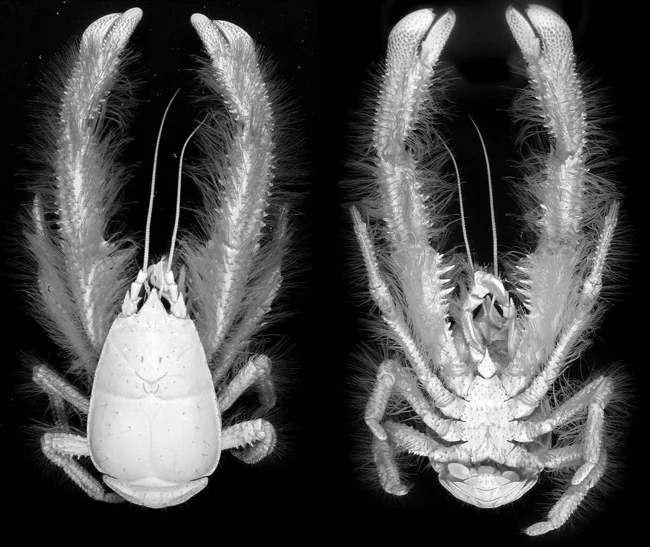
Why this arthropod was named after a giant hairy man is not difficult to guess. But the yeti crab is notable not only for its increased hairiness. The animal is significant, at least in terms of its place of residence. 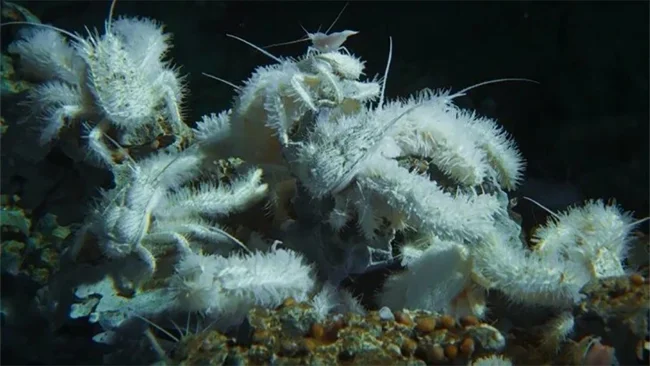
The crab settled at a depth of more than 2 kilometers, in close proximity to thermal springs. The pressure is off the charts, the temperature in some places jumps to 400 degrees, the water is a cauldron of chemicals. Not the most favorable living conditions, right? 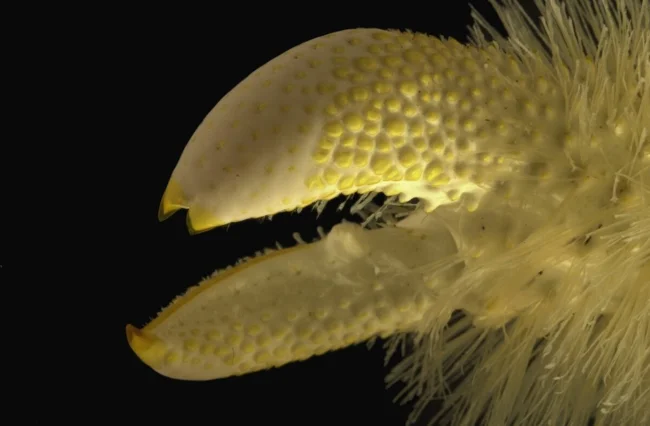
But nothing to the yeti crab! Hairy not only feels comfortable, but also manages to hang out! From time to time the animal actively waves its paws. Considering the increased hairiness of the crabs, one would think that the guys were rocking out at a concert of their favorite crab metal band. 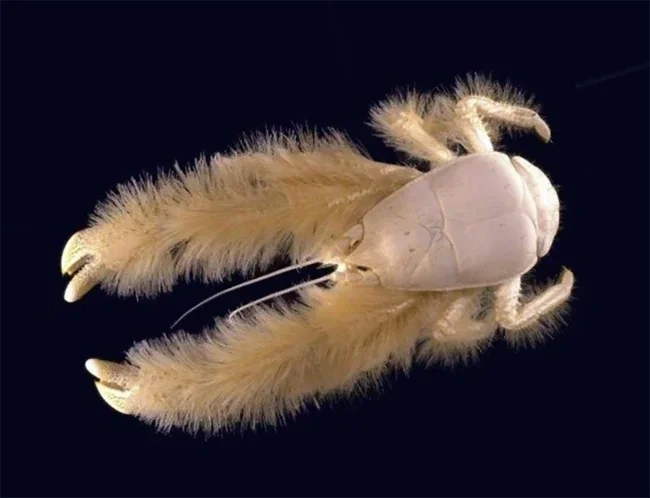
Alas, you won’t be able to shake the crab’s hair properly. They are sharp and hardly move, like varnished ones. But why does an underwater animal need a fur coat at all? To get food! Filamentous bacteria grow safely in the bristles - a food source that is always at hand. Also, by waving its legs, the crab filters the water for all sorts of organic goodies. They remain directly on the hair. 
But it’s unlikely that you’ll be able to eat the crab itself. Due to the fact that seafood lives in close proximity to thermal springs, it is densely saturated with sulfur. How does the crab itself survive in such conditions? Thanks again to body hair! 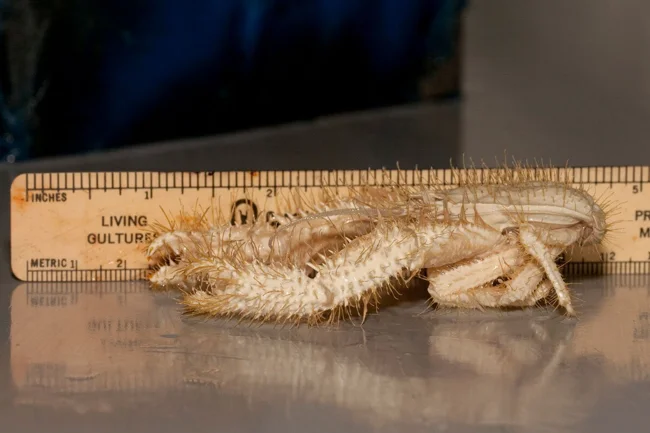
In the air, the fur bunches up into unsightly tangles.
Bacteria live in the bristles on the paws. They catch toxic substances from water and use it in their metabolism. The crustacean gets clean, oxygenated water. Only thanks to its natural spacesuit did the crab survive in such extreme conditions.
It is not surprising that the personal life of the yeti crab is hidden from scientists behind a veil of deep-sea darkness. It is impossible to study the behavioral characteristics of animals even with modern technologies. 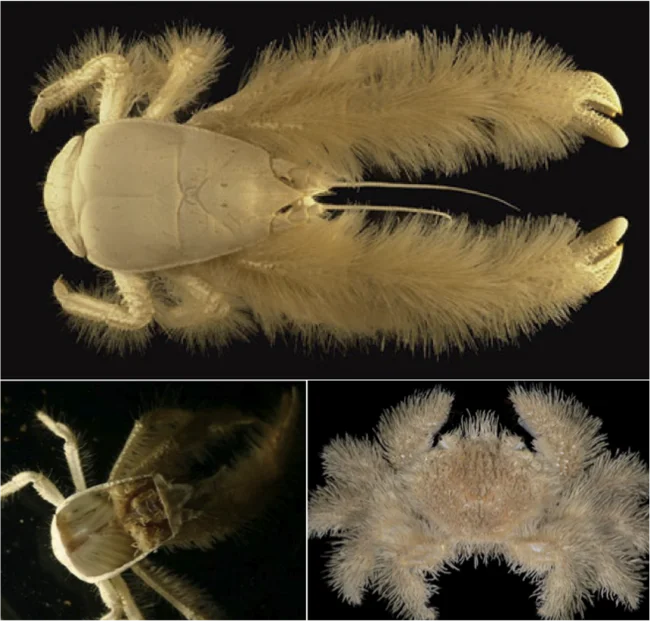
The Yeti crab is the first, but not the last representative of this genus discovered by people.
We can only wait, have faith in the scientific community and be afraid of the deep oceans. After all, there are a frightening number of unexplored creatures hiding there that are yet to be discovered.

